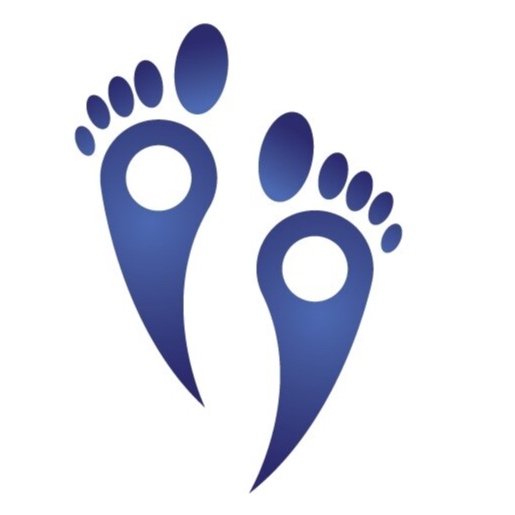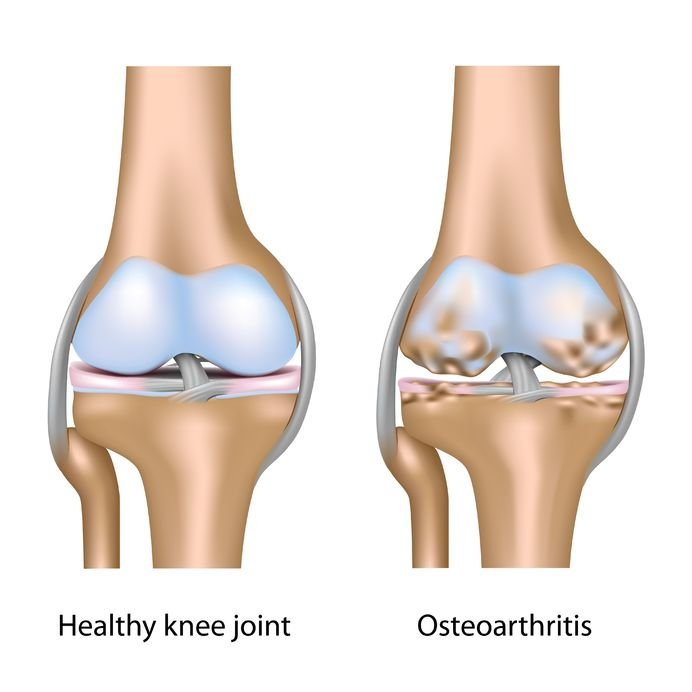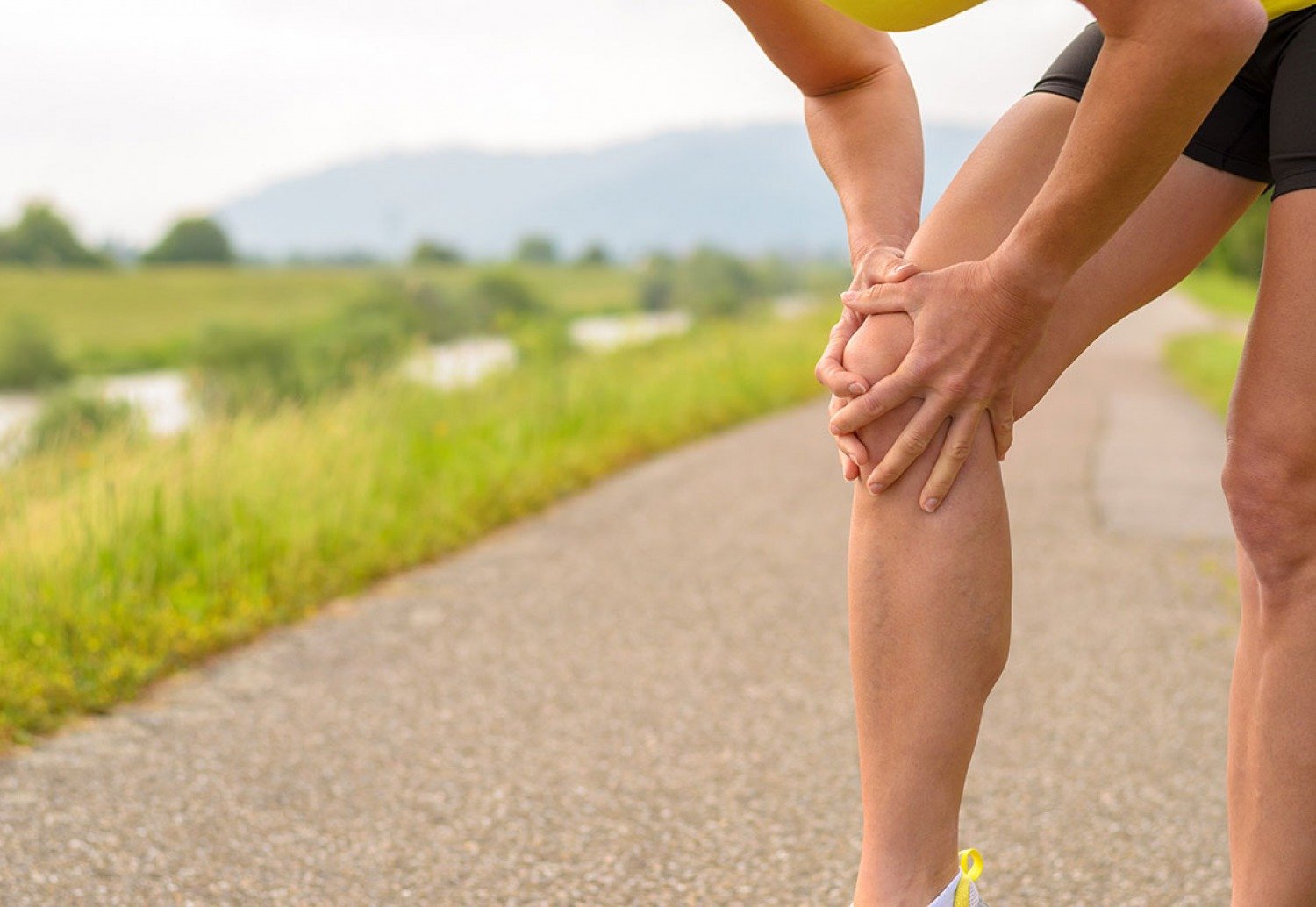Does running or jogging helps osteoarthritis or is it bad for knees?
Running or jogging is a popular activity practiced worldwide. It is important to understand how it affects joint health to provide recommendations to runners or joggers. If you're a regular runner, you've probably heard that running is harmful for your knees at some time. It was almost certainly a non-runner. However, there is substantial evidence that the advantages of running much exceed the hazards, including the impact on your knees.
Although running is not for everyone, it is one of the most popular forms of exercise and has numerous health benefits. It's a low-cost, basic kind of exercise that requires little more than a good pair of running shoes and proper attire. It saves time, fits neatly into a busy schedule, and may be extremely liberating. If you ask a runner, they'll tell you that life wouldn't be worth living if they didn't run.
When people claim running is harmful for your knees, they're usually talking to its role in the progression of OA (osteoarthritis). Both the general population and some healthcare professionals believe that running is a cause of knee OA. This could be a source of concern for serious runners. However, it's possible that non-runners are more likely to get knee OA!
What is OA (osteoarthritis) and what causes it?
Osteoarthritis is a condition in which the cartilage (smooth cushioning tissue) on both sides of a joint breaks away. It's also known as 'wear and tear' or 'joint surface degeneration.' Osteoarthritis (OA) is a chronic condition characterized by pain, impaired function, and reduced quality of life.
A number of risk factors for knee OA have been identified, such as obesity, occupation, and injury. Although the specific aetiology of osteoarthritis is unknown, various variables are likely to play a role in its progression. Some of these circumstances are beyond your control. Fortunately, you have some control on others.
The list below demonstrates that there are numerous risk factors for OA that have nothing to do with running, yet running is frequently blamed!
Should runners with knee arthritis stop running?
How many times has a doctor or a friend advised you to take it easy since you have osteoarthritis in your knee and don't want to make it worse? That advise may appear to be correct, but it is not. Please give me a high-five.
It's difficult to combat beliefs with facts, but I'll give it a shot. Many runners feel that osteoarthritis is a deadly illness that will end their running career. For the most part, this is just not the case.
One of the most common problems affecting our knees is osteoarthritis. Osteoarthritis is a condition in which the cartilage in your knee thins out. The cushioning in your knee is eroding as the cartilage thins. The discomfort in a knee caused by arthritis can come from a variety of places. It is uncommon for thinning cartilage to cause pain. Nerve fibres do not exist in cartilage.
What does the literature say about running and OA knee?
Recent study (Khan et al, 2021) showed that the changes to knee and hip cartilages following running are transient (lasting only for a short time). Immediate changes to cartilage structure (morphology and composition) are due to NATURAL fluid dynamics, DO NOT persist, and cartilage RECOVERs well from a single running bout and adapts to repeated exposure.
Another recent study showed that that runners DO NOT have a higher risk of developing OA compared to non runners (Lo et al. 2014). Other key findings from the study suggests;
Runners who engaged in regular running experienced knee pain less often than non-runners.
Regular running does not increase the risk of developing knee OA among the general population, and may actually have a protective effect against the development of OA.
There is no reason to restrict participation in running at any stage of life as running does not appear to be harmful to the knee joint.
People with lower BMI (body mass index) were more likely to engage in regular running.
So, what about the advise that "running is harmful for your knees" or "if you don't quit running, your knees will wear out"?
Repetitive joint loading is thought to cause cartilage swelling and collagen structural disruption, which is symptomatic of early osteoarthritic alterations. However, recent research has identified a number of possible benefits of joint loading on cartilage, including reduced inflammation and degenerative changes within tissue, as well as enhanced cartilage structure as a result of joint remodelling in response to cyclical loading when running (Timmins et al, 2017). Running can also increase soft tissue flexibility, blood flow, and synovial fluid mobility, which are all good characteristics of the joint. Running, when done correctly, enhances joint proprioception as well as the strength of supporting hip and knee muscles, which helps to protect the joint by dispersing forces.
In comparison to those who engage in light to moderate levels of running, research reveals that both excessive loads (high-volume running) and insufficient loads (sedentary) can have deleterious effects on joint cartilage (Timmins et al, 2017). According to an analysis of the relationship between recreational and competitive running with knee and hip osteoarthritis (Alentorn-Geli et al., 2017), the difference in outcomes is dependent on the frequency and intensity of running. Only 3.5 percent of recreational runners had hip or knee arthritis (same for both male and female runners), according to the review, whereas sedentary, non-runners (10.2 percent) and elite, ex-elite, or professional level runners (13.3 percent) had greater rates of knee and hip arthritis.
So, does running induce osteoarthritis in the knees? Running for the sake of fitness or leisure carries no additional risks, and this level of activity has numerous long-term health benefits. In high-volume, high-intensity runners, however, there appears to be a slight risk of knee OA. In their systematic review, (Timmins et al, 2017) concluded that there was no significant evidence for or against running as a cause of knee OA.
So we know now that running or jogging does not increase risk of develop osteoarthritis but what about if someone has pre-existing osteoarthritis
Moderate level of evidence indicates that running does not lead to new lesions such as those with osteoarthritis in hips or knees (Khan et al, 2021).
One study showed a 54% reduction in knee surgery related to OA in runners compared with the general population, showing running as a form of exercise can actually be beneficial to reduce the need for invasive forms of treatment like surgery (Timmins et al, 2017).
Can/should I continue or take up jogging?
It's entirely up to you.
In comparison to inactive people and competitive runners, recreational runners had a lower risk of acquiring knee arthritis.
Running for many years (up to 15 years and possibly more) at a recreational level can be safely suggested as a general health exercise that helps knee joint health.
When compared to typical recreational running, the rate of OA increases whether you are inactive or a high-volume high-intensity runner (more than 57 miles per week).
Running's health benefits are extensively documented, and include enhanced cardiovascular health, diabetes control, mental health, bone mineral density, weight loss, potential increases in pain threshold, and balance.
In conclusion, there are multiple advantages to running, and data suggests that recreational running will not impair, and may potentially improve, your knee joint health.
What measures can I take to protect my knees?
Wear suitable, high-quality running sneakers.
If you're a beginner runner, steadily increase your mileage.
Make sure you have enough rest in between runs and don't run on consecutive days (space runs even further apart if necessary).
Incorporate targeted strength training and flexibility into your workout routine.
Cross-train by incorporating cycling and Pilates into your routine.
Maintain good overall health by eating well, getting enough sleep, maintaining a BMI of 18.5 to 24.9, and reducing overall stress (easier said than done these days, but running will certainly help!)
How can a physiotherapist help me?
If you want to run but are worried about developing OA, a physiotherapist can examine your risk factors and discuss the benefits and drawbacks of running for you as an individual. They can assist you in developing a specific plan and techniques to help you avoid injury, such as strength and conditioning programmes or relaxing stiff joints and muscles, and they can also assist you in properly rehabilitating injuries if they do occur.
Contact us: 0121 285 5656 Email: hello@thepodiatryclinics.co.uk
OR simply click the button below!
References
Khan MCM, O'Donovan J, Charlton JM, Roy JS, Hunt MA, Esculier JF 2021, The Influence of Running on Lower Limb Cartilage; A Systematic Review and Meta-Analysis; Sports Med. 2021 Sep 3. doi: 10.1007/s40279-021-01533-7.
Lo, G, Driban, J, Kriska, A, Storti, K, McAlindon, T, Souza, T, Eaton, C, Petersen, N, Suarez-Almazor, M 2014, ‘Habitual running any time in life is not detrimental and may be protective of symptomatic knee osteoarthritis’, Arthritis and Rheumatology, pp 2895.
Alentorn-Geli E, Samuelsson K, Musahl V, Green CL, Bhandari M, Karlsson 2017, ‘The Association of Recreational and Competitive Running with Hip and Knee Osteoarthritis: A Systemic Review and Meta-Analysis; J.J Orthop Sports Phys Ther. Jun;47(6):373-390. doi: 10.2519/jospt.2017.7137. Epub 2017 May 13.
Timmins K, Leech R, Batt M, Edwards K 2017, ‘Running and knee osteoarthritis: a systematic review and meta-analysis’, American Journal of Sports Medicine, vol 45, no. 6, pp 1447-1457.





